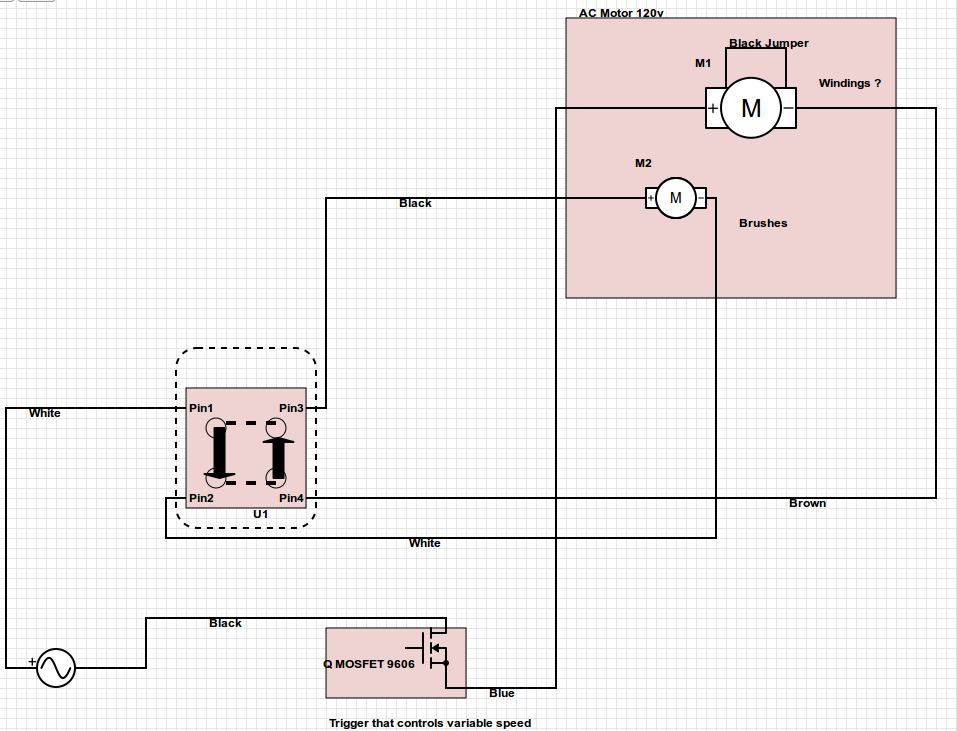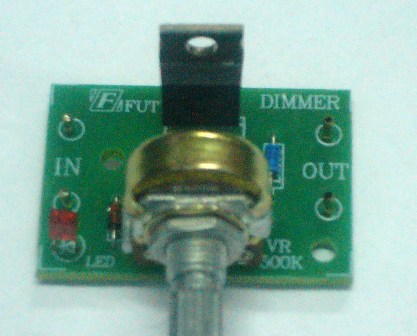I am trying to make a tv lift, I decided the $600 or so for the ones that are already made are:
1) More expensive than the TV
2) Way more $$ than I have and
3) I have LOTS of time lately, so a project is in order!
My plan: To simply us a drill to run a scissor lift (stab jack) to raise and lower the TV (some additional guides and tracks, too)
I have spent much time beating my head against the keyboard (aka google search), trying to find the right motor, gear head, etc., etc., etc... and decided the drill should work just fine and costs NOTHING as it sits in the bottom of the tool box.
The drill is 120VAC, variable speed with a manual reversing switch, and I have used it manually to raise and lower the TV on the lift (so I know it's got enough to do the job - not sure about long term, but at least it goes!)
What I would like to do is install a set-up similar to the automatic garage doors. With ONE button that make the garage door go UP/STOP/DOWN/STOP/UP/STOP/DOWN, etc... and also two limit switches which have the same effect, when it hits the limit switch it stops and when the button is pushed again it goes in the opposite direction it was traveling before. (I think that makes sense.)
I have looked on the forum and seen similar circuits, each that I found seemed to have an associated timer and I am not sure how to compensate for that. Also, I have an existing garage door opener (motor, circuit board and all) that I can bastardize to make this work, if I knew what to connect to what.
Any direction at all would be appreciated.
Thanks
Adam






